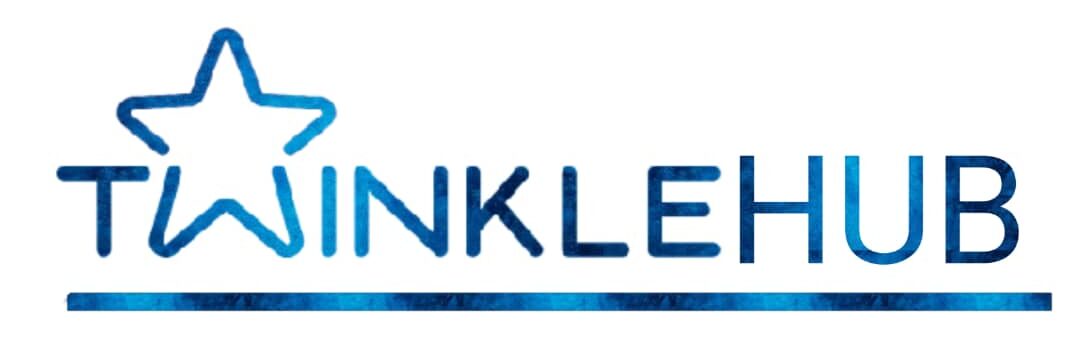
TRADE ALERT!!!: The $145 Million Dollar Decision Texas A&M Has to Make in Brock Purdy Trade to… Read More…
In a stunning twist shaking both college and professional football circles, rumors are swirling around a jaw-dropping $145 million trade scenario involving NFL sensation Brock Purdy—but surprisingly, it’s Texas A&M University, not an NFL franchise, that sits at the heart of this unfolding drama.
At first glance, Texas A&M’s involvement in a trade featuring a starting NFL quarterback might seem confusing. After all, Brock Purdy plays for the San Francisco 49ers and is far removed from college football. However, insiders suggest that this situation is less about an actual player trade and more about a massive NIL (Name, Image, and Likeness) and legacy rights deal being proposed in connection with Texas A&M’s long-term football ambitions.
The $145 million figure reportedly represents a comprehensive investment package: it includes NIL funds, media rights, booster contributions, and a speculative future partnership between the Aggies and a media production company looking to document Purdy’s football journey. Though Purdy played for Iowa State, Texas A&M’s boosters and executives are considering a deal to feature Purdy prominently in their branding, training programs, and possibly as a future quarterback mentor or developmental coordinator.
So why would Texas A&M be willing to invest so heavily in a player who never suited up for their team?
Legacy leverage. Brock Purdy has quickly become a household name thanks to his underdog story, playoff poise, and leadership with the 49ers. Texas A&M, eager to elevate its brand after several underwhelming seasons despite heavy investments, sees an opportunity. By aligning with Purdy’s rising legacy—even tangentially—they could influence recruits, enhance their national image, and solidify a forward-thinking reputation in the NIL era.
However, there’s risk. Critics argue that $145 million, even spread across partnerships and media projects, could be better spent on developing in-house talent or hiring elite coaching staff. Furthermore, tying their identity to an NFL star from another college program may be seen as desperate rather than strategic.
Ultimately, the decision Texas A&M faces isn’t just about money or prestige. It’s about redefining how collegiate programs engage with the professional world in the NIL era. Whether this bold play becomes a blueprint or a cautionary tale remains to be seen. But one thing’s for sure: college football is changing, and Texas A&M might just be the school to push the envelope the furthest.
Stay tuned—this story is far from over.

Leave a Reply